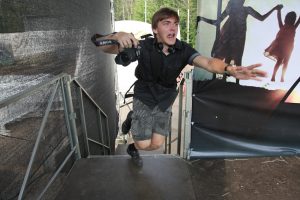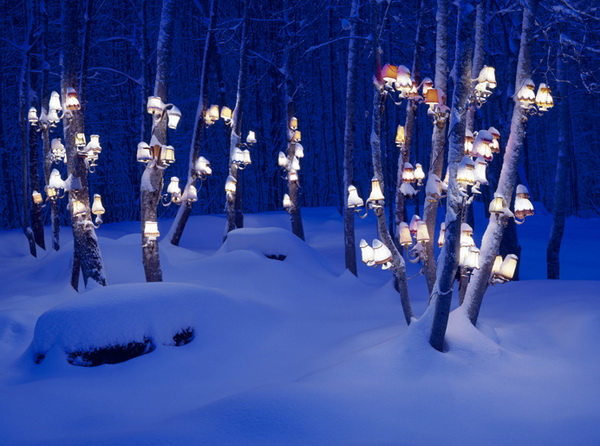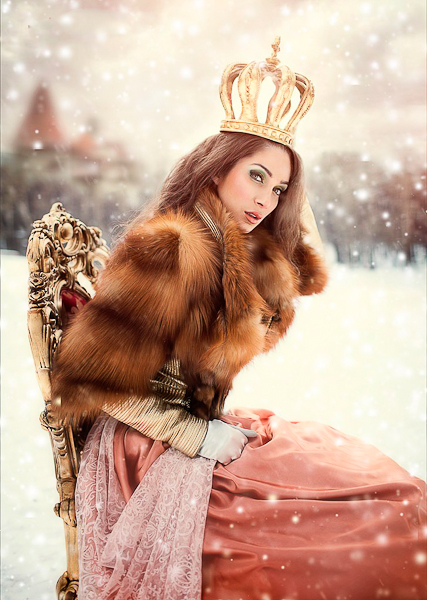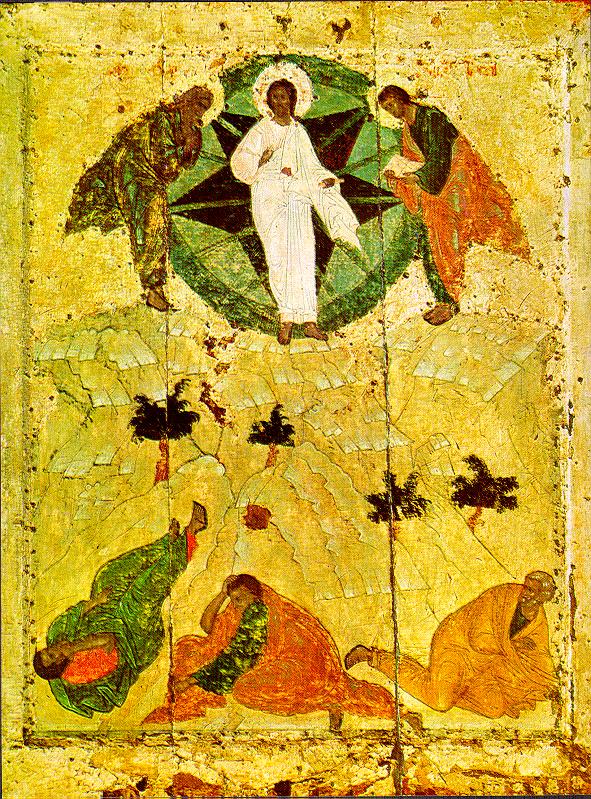ART PHOTO AND BLOCKCHAIN
 1. For every potential (and real) buyer of a visual work of art (in our case, photography) thousands of images fall down every day. And even despite the constant growth in the quality of this visual range, thanks to expensive advertising and popular communities in social networks, the level of aesthetic and visual culture is still quite low. And the level of understanding of photography as a work of art generally tends to zero.
1. For every potential (and real) buyer of a visual work of art (in our case, photography) thousands of images fall down every day. And even despite the constant growth in the quality of this visual range, thanks to expensive advertising and popular communities in social networks, the level of aesthetic and visual culture is still quite low. And the level of understanding of photography as a work of art generally tends to zero.
2. That part of the people, which has reached the level of understanding of works of art as objects of investment, begins to study the market. Paintings, sculptures, objects of modern art and photography – how to evaluate their value and not run into a fake?
3. Stopping separately on a photograph as a work of art, we are confronted with one of the main problems of its underestimation – the uncontrolled replication. The value of a work of art is in its uniqueness, and few people want to buy a picture from a photo bank or an IKEA poster for thousands of dollars in the hope of increasing its value. Although, I am sure, such stories are possible, for example, if Ronaldo puts on his poster the imprint of his boot and adds his autograph. Of course, this will not be a picture at all, but it will become completely unique!
4. The investor has come to understand that he needs a photograph, and he begins to look for prints of limited editions. What do you think he sees? Who confirms his circulation? Gallery, online photo market, photo lab, and any other “reputable” market player with a “reputation”. What is the investor’s degree of confidence in them? We are talking about the acquisition of works of art with high added value in relation to the simple, or even unique, the author’s work.
5. The problem is clear, and the search begins for proven dealers and galleries with a reputation, after which almost immediately an “authoritative” expert appears who by chance represents some authors or even concrete works. Of course, he is guided solely by his knowledge and analysis of the market and only thinks a little about personal gain. But even in this case, the inscription of the author in the picture “Fingerprint # 3 of 10”, together with a “unique” certificate, is the only guarantee of a confirmed circulation.
6. Suppose that the investor really managed to find a unique job, he was lucky with the author and the gallery, they do not plan to increase the circulation, but what should he do next? How to manage your asset (an object of art is an asset), monitor its growth in value, exhibition activities, and the author’s progress? All this again occurs at the discretion of the expert dealer / gallery. And it is good, if other copies will be sold at auctions, the acquired print will participate in exhibitions, information about it will be published in recognized catalogs, the author will appear in public and appear in the media. And if nothing happens?
7. And, perhaps, the last thing I wanted to talk about in the problematic is the risk of running into a copy or a fake. I will tell you that often in photography there is even no such thing as fake, just another copy. And this is one of the main problems: almost no guarantee of originality of the acquired photo. It also looks like all the attributes with it, and the cost of creating a copy is almost like the original print. And it turns out that there is almost no difference between the original and the copy. So where is the added value?
Every potential (and real) customer of a visual work of art (in our case, photography) thousands of images fall down every day.
Now let’s decompose everything again and answer the above questions. Imagine a wealthy person (there are assets in real estate, in the stock market, insurance products, precious metals, etc.) who accidentally learned that investing in works of art is one of the most reliable ways to invest (the greatest risk associated with fakes). In part, some investments in works of art can be compared with venture investments – the correct investments in some authors give hundreds and even thousands of percent of the increase in the value of their works. In the worst case (we do not consider forgeries, remember?) – stagnation or a minimum increase of 10% per year. Of course, there are some low-liquid works of art, there are cases of loss (with the subsequent receipt of insurance) or the lack of work from the gallery and the gradual attenuation of the authors, but in general this market has always been considered as one of the best for diversifying risks.
The investor goes a long way to a complex study of the issue, consults with dealers, chooses favorite works of art in which he is ready to invest his available funds, but the deeper he sinks into the topic, the more he understands that by and large no one guarantees anything.
So, let’s continue. The investor goes a long way to a complex study of the issue, is advised by dealers.




